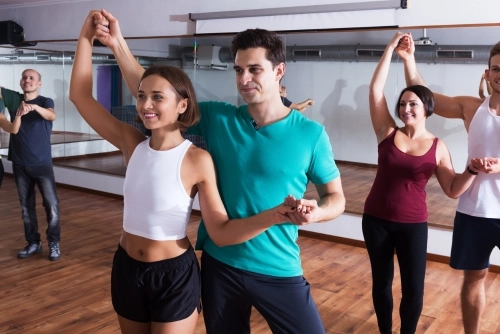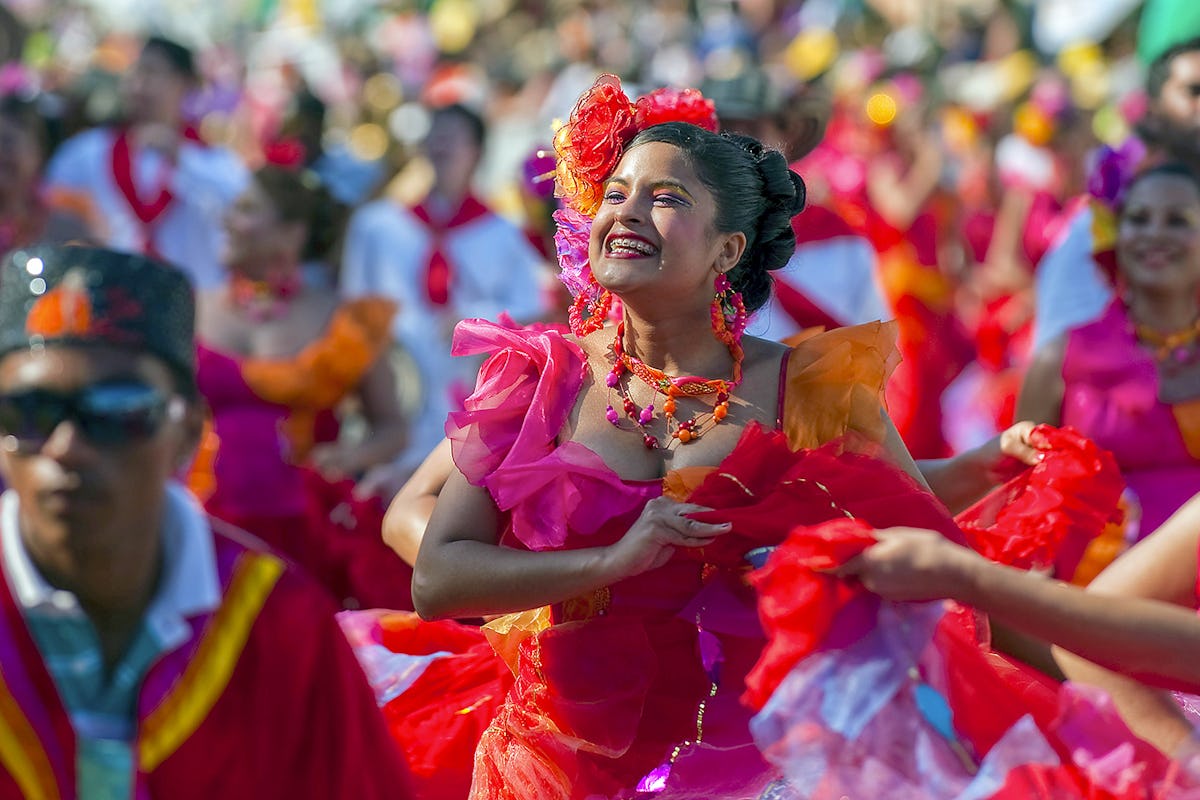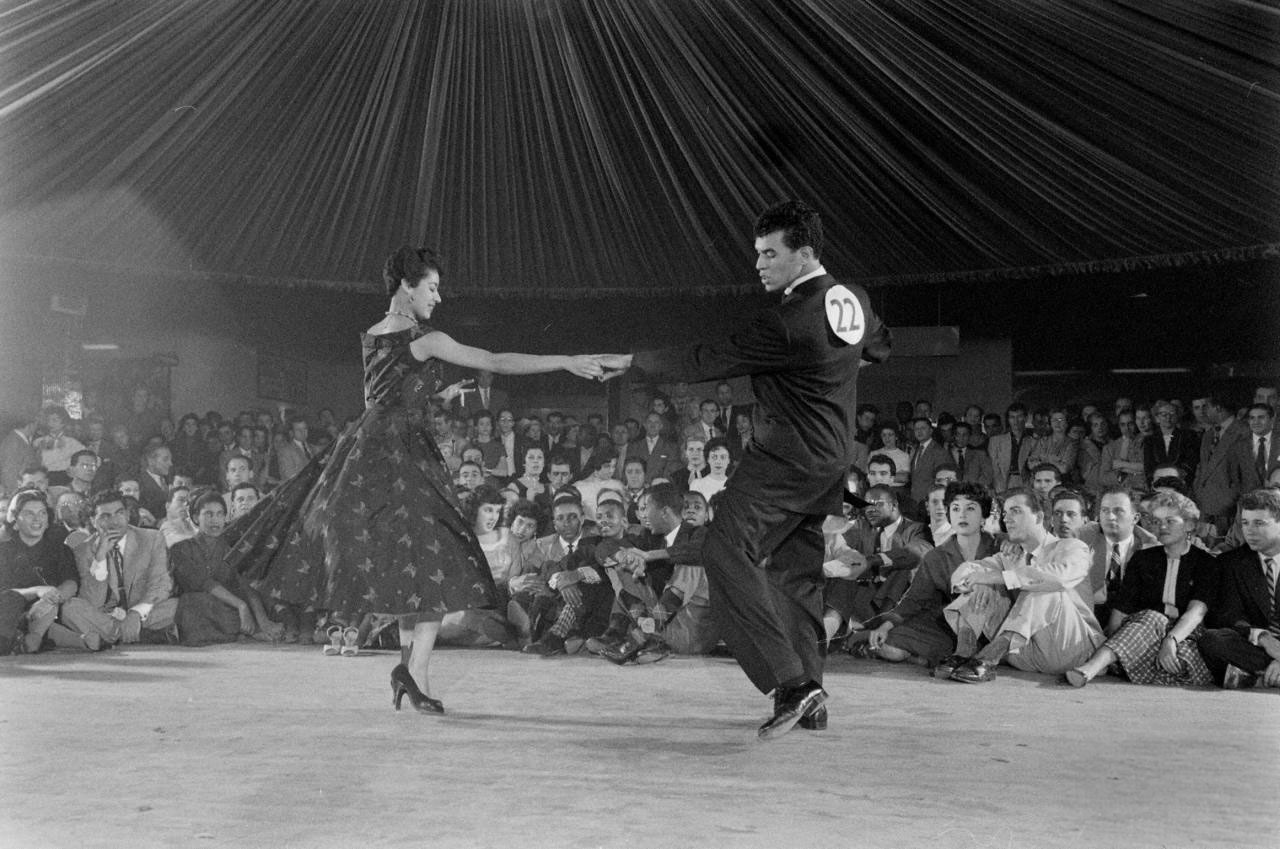Things about Dance San Francisco
Wiki Article
What Does Dance San Francisco Do?
Table of ContentsThe Best Guide To Dance San FranciscoUnknown Facts About Dance San FranciscoDance San Francisco for BeginnersExcitement About Dance San Francisco
Let's think about Salsa dance and songs as a fantastic big Tree that resembles this: Salsa is danced globally while lots of technical aspects of the dancing coincide across designs (6 steps over 8 beats danced on a quick-quick-slow or slow-quick-quick rhythm), there are numerous "characteristic" attributes of the main designs of Salsa that identify one from the other.Pairs joining an Online casino Rueda dance all moves in unison as called by a Leader. Distinct features of Cuban design salsa are round turn patterns (with "break back" steps on matters 1 and 5) as well as body activity inspired by traditional Afro-Cuban folkloric dancings. Distinct features of Cali design salsa fasts and complex footwork, danced with a strong hand hold connection in between partners.
The beginnings of the style are a subject of debate, however it is stated that New York design Salsa dance came from the 1960's as a result of the influx of Latin American emigrants after the Cuban Change (salsa dancing sf). Eddie Torres is the most popular New york city design dancer, being nearly globally credited with popularizing the style to dance centres beyond New york city
The basic rhythm of "On-2" is slow-quick-quick. The "youngest" of the styles of Salsa, L.A (https://www.cheaperseeker.com/u/dancesf). Style (some people have actually called it "West Coast" design) became preferred in the 1990's and has its origins in ballroom (Mambo, Swing and Cha, Cha, Cha). Turn patterns lead and adhere to methods are heavily affected by these styles, with the Cross Body Lead being the cornerstone of the design
Our Dance San Francisco Ideas
Design are execution of turn patterns and figures in the "port", with the break actions on matters "1" and "5". This design is additionally identified by fancy and frequently elaborate arm designing by the comply with to accent the "1" and "5" counts. The fundamental rhythm of "On-1" is quick-quick-slow. While Salsa music has strong beginnings in Cuban, Colombian and Puerto-Rican folkoric practices, it can not be marked down that all Afro-Latin and Latin American societies have actually added to contemporary Salsa songs as we know it today.

There she ended up being pals with the Nuyorican musicians, and her cooperations with them and her time with the Fania All-Stars brought about over 50 albums (of joint and solo work). Many thanks to the net and simplicity of accessibility to details, the popularity of Salsa music, dancing and culture has spread out like wildfire over the last three decades and even after that modern Salsa artists remain to pay tribute to the Establishing Daddies and Mother of Salsa.

Examine This Report on Dance San Francisco
distinguishing features of Salsa music are: 4/4 time trademark, Kid Clave and Tumbao rhythms, Montuno Piano Unless you have a history in music, the above 3 attributes possibly mean nothing to you. An easier method to define Salsa songs is just how it does NOT sound like other kinds of Latin American music.
Most brand brand-new professional dancers pick to find out L.A. "On-1" design slotted Salsa designs are the most common in North America (with some exceptions of some metropolitan centres that still predominantly embrace Cuban and Puerto Rican designs) and L.A
The Basic Principles Of Dance San Francisco
.A. https://disqus.com/by/evan_margolin/about/. Style will quickly teach rapidly instruct fundamentals of Basics timing, weight transfer and turn pattern execution. Numerous professional dancers, as soon as they have actually had a year or 2 of dance L.A. Style Salsa under their belts, "switch" to New York style in order to diversify their dancing vocabulary; yet many dancers choose to stick to just one style of Salsa and enjoy their time on the dance floor in that see here now particular design.Design and New York City Design all being danced in the exact same club, with a number of the dancers being able to change from one style to the other from one track to the next. salsa dancing sf. No issue which design you select it is very important to stay with that design until you're really comfy with the basics of timing, body rhythm and foundation relocation execution prior to taking into consideration "changing" designs (if you desire to)
When you start lessons be ready to commit time and power to discovering how to dance as a whole it takes a total novice (i. e., somebody with little or no dance experience) concerning 6 months of actively taking lessons and heading out and practicing a minimum of two times a week to reach a point where pattern execution begins to feel "natural".
Report this wiki page